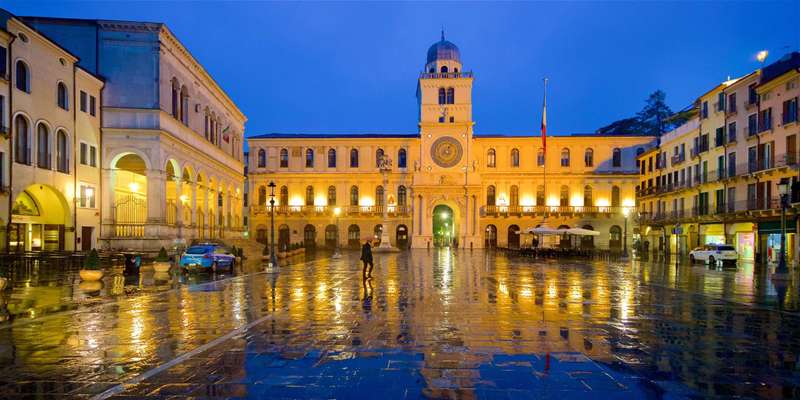- Home
- Useful Tips
- Hidden gems in Padua most tourists miss
While over 3 million visitors flock to Padua's Scrovegni Chapel annually, most leave having experienced only its crowded tourist circuit. The real Padua – a labyrinth of medieval courtyards, artisan workshops, and Renaissance gardens whispering with student laughter from Italy's second-oldest university – remains hidden behind unmarked doors. This oversight costs travelers more than just unique photo opportunities. Without local knowledge, you'll waste precious vacation time in queues rather than sipping prosecco where Galileo once lectured, or discovering frescoed palazzos untouched by mass tourism. The frustration of returning home only to learn about breathtaking sites you walked past unknowingly is avoidable with the right insights.


Finding Padua's secret courtyards without a map
The university district hides dozens of corti interni (inner courtyards) where 16th-century scholars debated beneath frescoed loggias. These architectural jewels lack signage – their iron gates blend into ordinary palazzo facades along Via San Francesco. Locals know the trick: arrive at 10 AM when caretakers water courtyard gardens, granting brief glimpses inside. The most spectacular, Cortile Antico del Bo behind Palazzo Bo's main entrance, reveals anatomical theaters where medical students once studied by candlelight. For DIY explorers, subtle clues mark accessible courtyards: look for worn stone thresholds and antique doorbells labeled 'portineria'.
The artisan quarter tourists never reach
Behind Piazza delle Erbe's market stalls lies Via dei Soncin, where fourth-generation craftsmen still carve wooden printing blocks for Italy's publishing houses. At Stamperia d'Arte Tassotti, visitors can watch artisans hand-print Renaissance patterns using 18th-century presses – a free spectacle few guidebooks mention. Come weekdays at 11 AM when the workshop opens; the scent of linseed oil and antique paper creates an immersive time capsule. Nearby, goldbeater Marco Menegazzo demonstrates medieval gold leaf techniques in his bottega, crafting materials for Venice's basilica restorations.
Padua's magical (and free) water gardens
Locals escape summer heat in Prato della Valle's hidden water gardens, a network of medicinal herb plots and fish ponds established by monks in 1500s. The Orto Botanico's famous UNESCO-listed section charges admission, but its lesser-known sibling – the Specola Garden behind the astronomy tower – offers free access to rose-covered pergolas and Europe's oldest magnolia tree. For perfect solitude, visit Wednesday mornings when university botany classes occupy the main gardens. The trick? Enter through the unassuming gate at Via Orto Botanico 15, where a student-run kiosk sells herbal teas for €1.
Dining where Padua's professors go
Five streets northeast of Piazza dei Signori lies Zairo, a 1950s-era osteria serving legendary risotto al tastasal at non-tourist prices. Its wood-paneled walls are lined with photos of Nobel laureates who dined here – a testament to its status as Padua's intellectual canteen. The secret? Arrive at 12:30 PM sharp before philosophy professors claim all tables. For authentic cicchetti, seek out Osteria Dal Capo near the Jewish Quarter, where €3 buys heavenly baccalà mantecato on polenta squares. Neither establishment appears on Tripadvisor's top 50, ensuring an authentic local experience.



